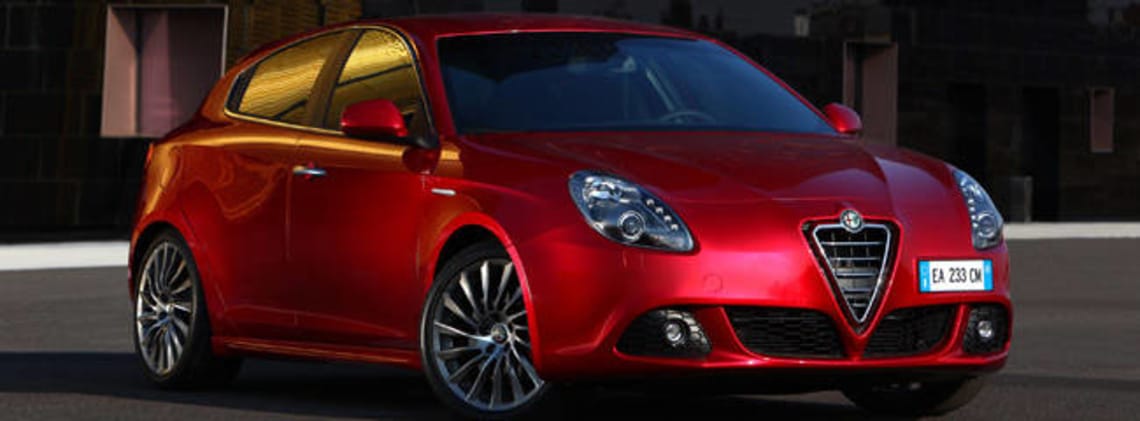
Alfa Romeo Giulietta a halo bid
- Alfa Romeo Giulietta
- Alfa Romeo Giulietta 2011
- Alfa Romeo News
- Alfa Romeo Hatchback Range
- Hatchback
- Alfa Romeo
- Prestige & Luxury Cars

The Italian brand has been looking for a showroom magnet in recent years and, despite the introduction of the MiTo from $31,490, it has failed to find one. The Giulietta is newer, sportier and less quirky in its design, a combination that the local importer hopes will work if it can lock the car into its local lineup.
"We either have to piss or get off the pot with Alfa Romeo. They are convinced Alfa will work. We want it to work," says the top man at Ateco Automotive, Neville Crichton. "If we get the Giulietta at the right price, that brand should be doing 3000 to 4000 cars a year."
Alfa has had an up-and-down run in Australia since the 1970s, when it won plenty of fans with the enthusiastic little Alfasud and the GTV sports coupe. But quality was patchy, rust was aglobal problem, and Alfa sales dropped away once the company shut its direct factory operation down under.
Now Ateco has the brand as part of an Italian connection that includes Ferrari, Maserati and Fiat, and it is planning to build a future around the Giulietta. It currently sells the 1.4-litre MiTo, the 147 hatch and 159 sedan and station wagon, but knows it needs a true hero car to generate a showroom following.
"We've been hamstrung because we haven't had the product," Crichton says. He sees the Giulietta going head-to-head with the Volkswagen Golf GTi in the hot-hatch class and believes the Italian car will not be disgraced.
"They want us to have a serious go with it. It's probably a little bit bigger than the Volkswagen and should be a better car." Crichton is blunt and honest on the recent troubles with Alfa, which centre on the cars' transmissions. It has yet to build a quality automatic and its manu-matic gearboxes were among the first and, apart from baulky shifts, also caused quality problems which hit owners.
"The 156 went well and then we had problems with the transmission. We were the first people in the world to have Selespeed," Crichton says. Lots of people liked it, but then we had troubles . . .










Comments